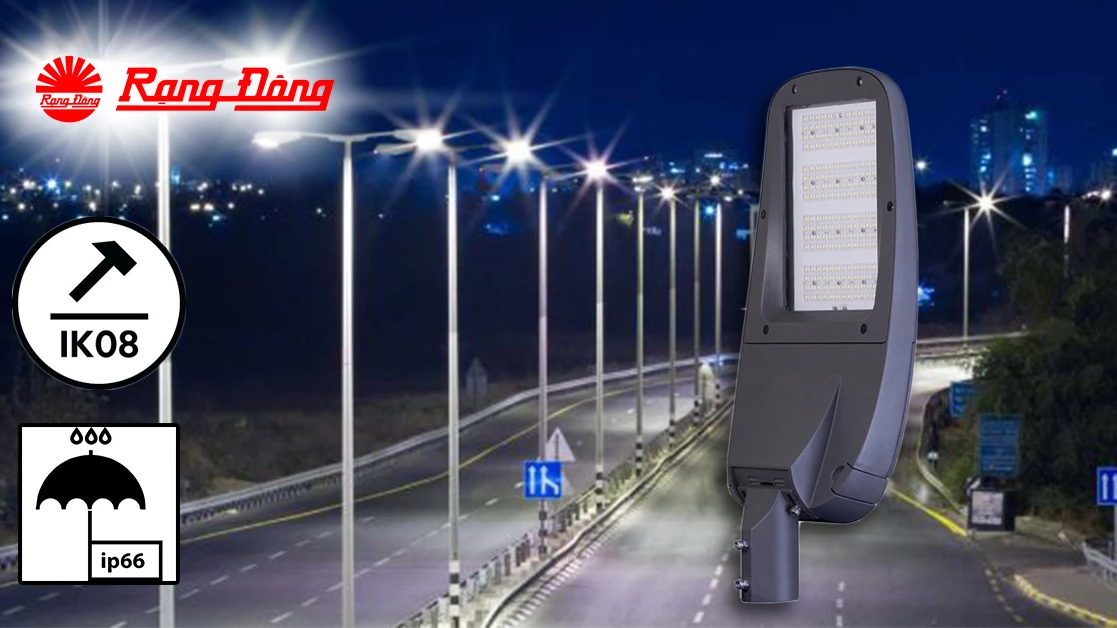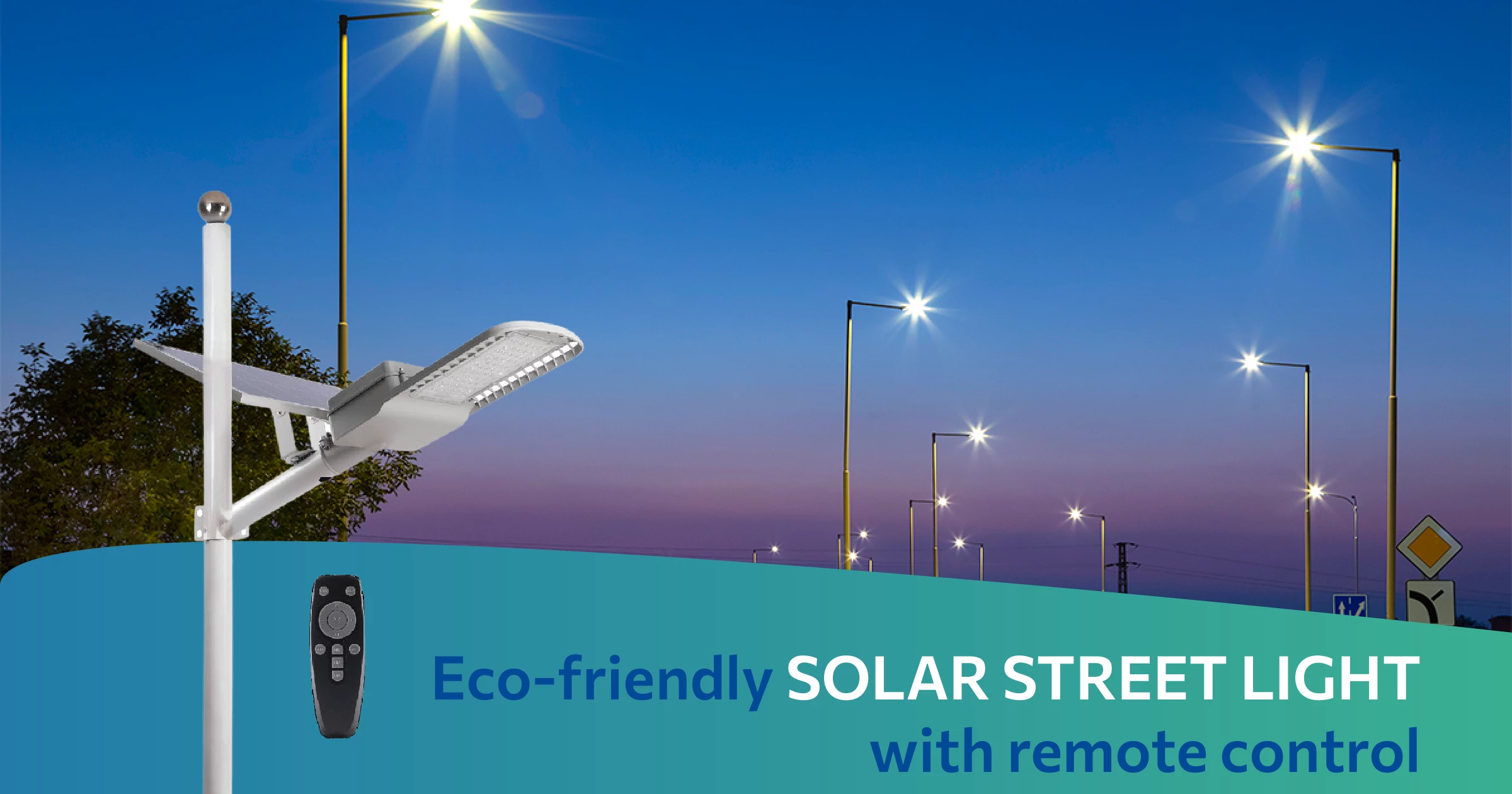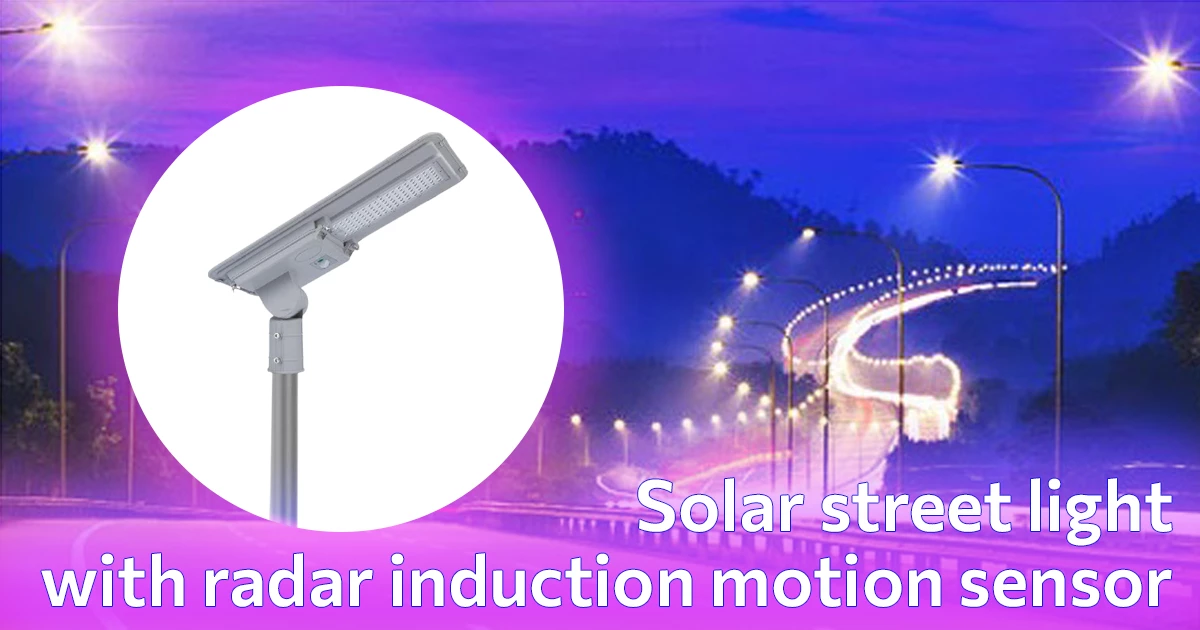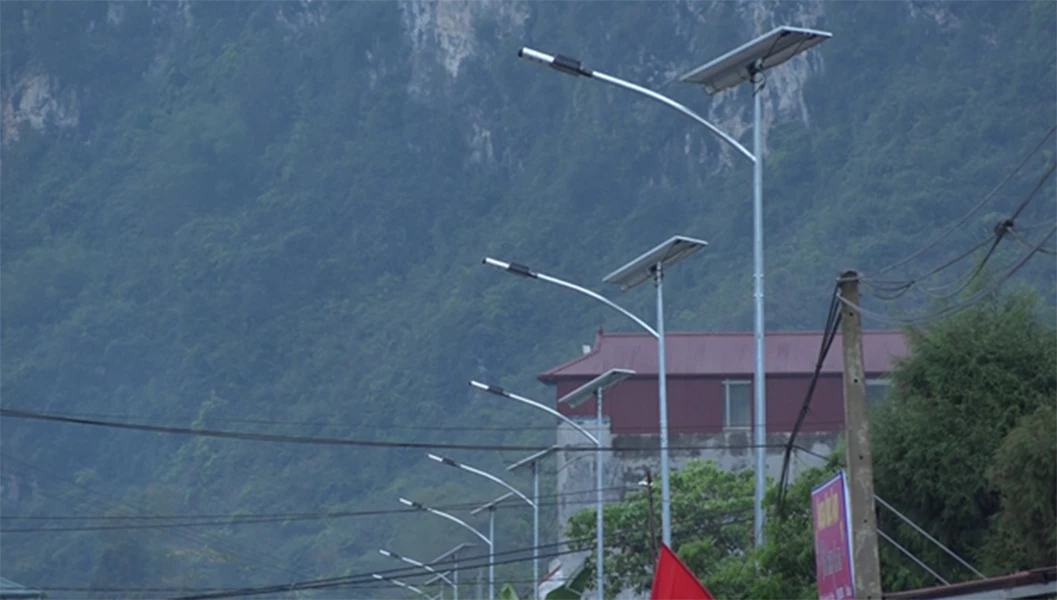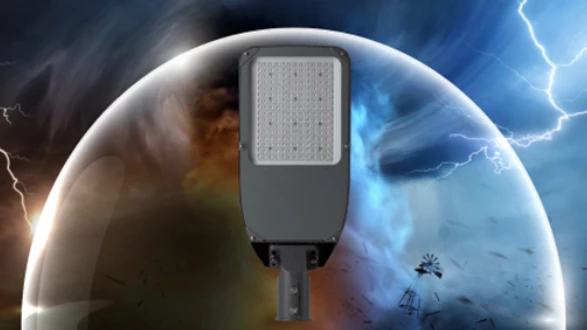
Smart Street Lighting Helps Transform Urban Infrastructure
The rise of intelligent street lighting management systems marks a revolutionary step in urban development. By integrating advanced technologies such as Internet of Things (IoT), Artificial Intelligence (AI) and big data analytics, municipalities can now optimize energy consumption, enhance public safety and streamline maintenance processes. The following article explores a comprehensive solution to managing street lighting infrastructure effectively, emphasizing energy efficiency, operational control, maintenance optimization and community involvement.
Modern street lighting systems aim to address the growing demand for energy efficiency and smarter urban infrastructure. By using sensors, controllers, and cloud-based platforms, these systems collect and analyze data, enabling real-time adjustments and proactive maintenance.
By adopting these management systems, municipalities can provide improved functionality, lower costs and a safer environment for residents.
 No longer in perspective, smart city with smart street lighting has been increasingly popular in recent years.
No longer in perspective, smart city with smart street lighting has been increasingly popular in recent years.
Enhancing Energy Efficiency
Energy efficiency lies at the core of intelligent street lighting systems, achieved through adaptive lighting control and cutting-edge technology.
Adaptive lighting control: Advanced algorithms adjust the brightness and color temperature of streetlights in response to real-time conditions such as ambient light, weather and traffic patterns. This dynamic approach minimizes unnecessary energy usage while maintaining adequate illumination.
LED integration: Transitioning to high-efficiency LED fixtures significantly reduces energy consumption and extends the lifespan of street lighting infrastructure.
Dimming and scheduling: Intelligent dimming features and automated schedules help minimize energy use during low-traffic hours or when natural light suffices.

Smart lighting in a big city can be controlled using a smart system.
Streamlined Operational Control
Operational efficiency is vital for the success of any intelligent street lighting management system. Centralized platforms and mobile apps enable seamless control and monitoring.
Cloud-based management: A centralized, cloud-based platform allows city officials to remotely monitor and manage streetlights across the network, providing real-time data for decision making.
Data analytics integration: Utilizing big data analytics and machine learning, the system interprets sensor data to recommend optimal lighting strategies.
Mobile accessibility: Dedicated mobile apps allow maintenance crews and city officials to address issues swiftly, enhancing operational responsiveness.
 Smart lighting is part of the smart system that controls many facilities in public places.
Smart lighting is part of the smart system that controls many facilities in public places.
Optimizing Maintenance
Efficient maintenance is critical to ensure uninterrupted operation of street lighting systems. Predictive technologies and streamlined workflows can significantly enhance maintenance efforts.
Predictive maintenance: IoT-enabled sensors monitor streetlight components to predict failures, enable proactive repairs and reduce downtime.
Asset management: A comprehensive asset management system tracks the location, status and history of each streetlight, ensuring efficient resource allocation.
Work order systems: Automated work order systems simplify the reporting, assignment and tracking of maintenance tasks, improving overall workflow efficiency.

The street smart lighting can be adjusted using a simple smart control (as shown in the photo).
Ensuring Public Safety, Security
Intelligent street lighting systems contribute to safer urban environments by integrating advanced features such as surveillance and emergency response capabilities.
Surveillance integration: Equipping streetlights with cameras and emergency communication devices enhances public safety.
Real-time alerts: The system can notify the authorities of potential hazards, such as malfunctioning lights or suspicious activities, in real time.
Emergency lighting: Streetlights can be activated or adjusted during emergencies, providing adequate illumination for first responders and the public.
 All devices in the whole city can be connected via a smart system.
All devices in the whole city can be connected via a smart system.
Scalability, Compatibility in Smart Cities
As cities evolve, street lighting systems must adapt to new technologies and integrate seamlessly with other urban infrastructure.
Modular design: A modular architecture allows for easy upgrades and the incorporation of emerging technologies.
Interoperability: the street lighting system can work with existing infrastructure and other smart city applications such as traffic management, hence promoting a unified urban ecosystem.
Engaging Communities for Smarter Lighting
Community involvement is a cornerstone of successful street lighting systems. Educating the public and encouraging participation fosters collaboration.
Public awareness campaigns: Informing residents about the benefits of intelligent street lighting helps gain their support and involvement.
Feedback mechanism: Providing channels for residents to report issues and share suggestions helps improve the system.
 Solar street lights have gradually been popular.
Solar street lights have gradually been popular.
Intelligent street lighting management systems offer a transformative approach to urban lighting, addressing energy efficiency, operational control and public safety.
By leveraging advanced technologies and fostering community engagement, municipalities can create sustainable, efficient and responsive street lighting networks. As cities strive to become smarter and more livable, intelligent street lighting will play a pivotal role in shaping the future of urban infrastructure.
Should you have any questions or request a quotation of Rang Dong products, please send us an email to: export@rangdong.com.vn
Websites: en.rangdong.com.vn and vacuumflask.rangdong.com.vn.



